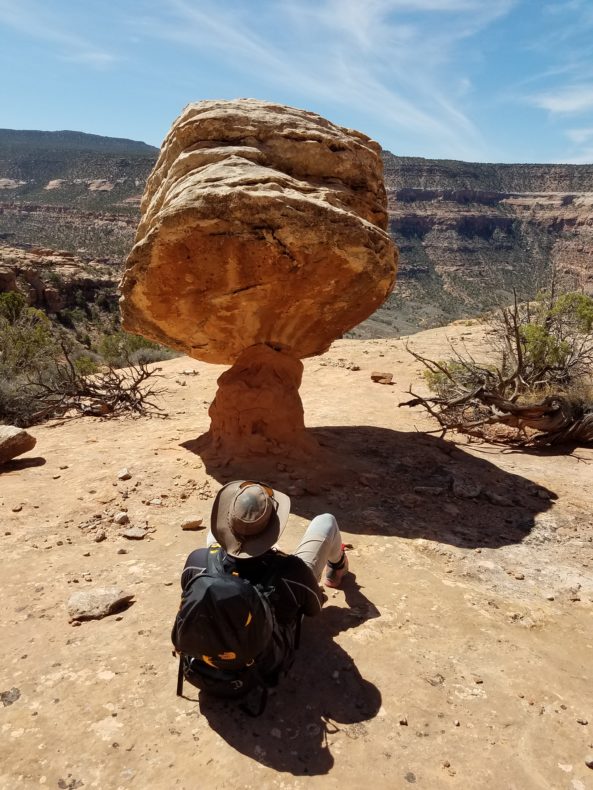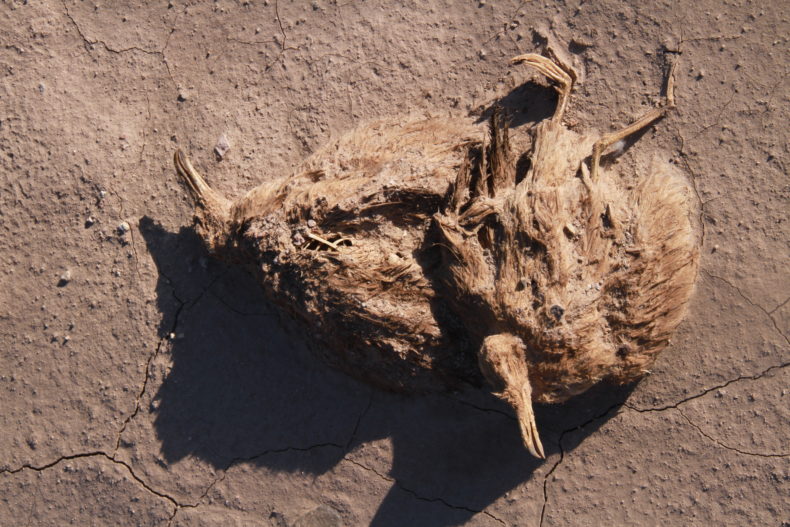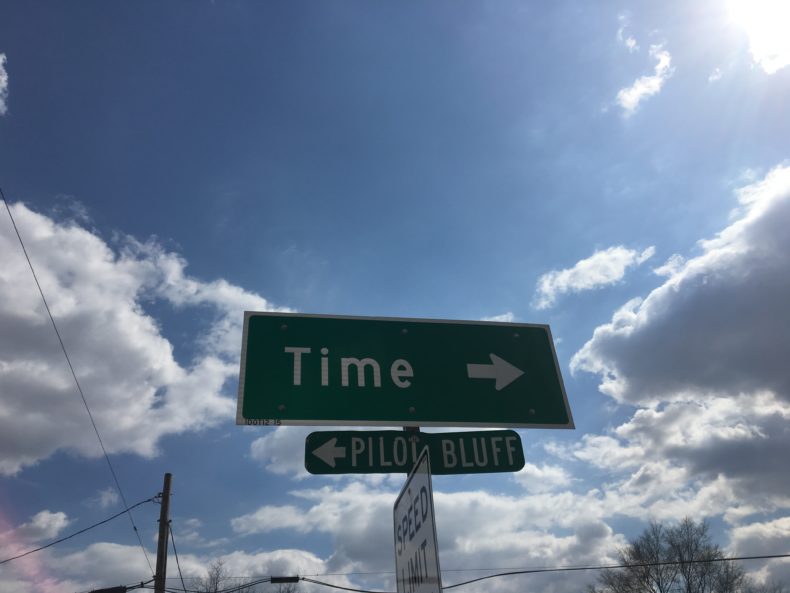This first ran March 1, 2017. I recently had dinner with the woman in this post. I wish I could have dinner with her every week — I can’t, she has too many other friends who also want to have dinner with her — because I want to study her, I want to see how she does it, and besides she’s having a great time here so her dinner partners do too.  Writing about people who are a normal mixture of good and bad is already hard. Writing about good people is close to impossible.
Writing about people who are a normal mixture of good and bad is already hard. Writing about good people is close to impossible.
I wrote a profile once about a doctor who was just plain good. He wasn’t a do-gooder – “I’m not a missionary,” he’d say; he was just a man who needed to make sick people well so he needed to get to the bottom of what made them sick and what would make them well. He listened, he watched, his manners were exquisite, he said what was on his mind, he was kind, he was absolutely relentless, he didn’t attract or like attention.
By “good,” I don’t mean faultless. He’d have said his biggest fault was his competitiveness, but I spent a lot of time watching him deal with people and the only thing he was hell-bent on competing with and beating the daylights out of was disease. We were collaborators – he was the doctor, I was the writer – and I’d have said his biggest fault was not getting his chapters to me within four years of the deadline. Other people got mad at him for similar reasons but nobody stayed mad. He’s a good man, period. He is good and he does good. And when I wrote the perfectly truthful and representative profile of him, the editor sent it back saying it was a valentine, I needed to make him more human.
Why is that? This doctor I was profiling is famous not only for his work but also for his goodness; everybody says so. Why couldn’t I report that?
I don’t know the answer to that. I understand thoroughly that people who are better than us (me) making us (me) feel inadequate and generally worthless. And I understand the universal reaction to feeling worthless is not, “By golly, I better start being worthwhile!” And I do know that I read the lives of saints only to see what idiots they were. St. Francis was born rich and rebelled against his father’s life; and when he was an adolescent, he went into a public square in front of his father and his father’s friends and took off all his clothes. I’m pretty sure I’m meant to read that gesture as a saintly rejection of greed and the self-aggrandizement that often accompanies riches. I’m pretty sure if I were in that square, I’d have thought he was a little jerk sanctimoniously embarrassing his father in front of his father’s friends. My point is, I understand my editor not believing my report of a good man.
This weekend I ran into a woman — she told me something she’d done on her 95th birthday but didn’t mention it had been a while back — whom I run into now and then at restaurants, parties, funerals. She wears bright colors and outspoken jewelry; she piles her hair on top of her head and holds it in place with a barrette. When someone talks, she pays attention; she asks questions; she’s curious about other people.
I know only a few things about her. She came from serious money, married more of it, raised her kids, and loved staying at home; but she worried that her kids were getting too dependent on her so she did something that no married woman in her family or social circle had done: she went to work. She began by screening families who wanted to adopt babies, not all of whom were orphans, and she did that for ten years. Then she saw an ad from a local research hospital offering to train housewives to become psychotherapists. She applied, was trained, and spent the next 40-plus years working with people who wanted help with their sexuality – including homosexuality, transexuality, and men whose sexuality was affected by the onset of feminism. She was part of the 1970s civil rights movement, marched on Washington, helped integrate a local public park. She got certified and married two gay men. She set up nonprofits that offer free legal service for LGBT people, that help adoptive families, that mentor new teachers. She talks in her gravelly old-lady voice about these causes with passion but she never says what she does for them. Like the doctor, she’s just plain good, everybody says so.
The world is full of the normally-good; good doctors and good therapists and good philanthropists aren’t news. I hope I am myself normally-good. But these two particular people are different somehow. They’re completely unself-conscious. They deflect attention. They seem to do good because that’s what they have to do. They’re more like artists who have to paint or compose or write because they don’t know any other way of getting through life. Their lives seem not so much admirable as beautiful. They’re luminous. If I believed in holiness, I’d wonder if they were holy.
I still haven’t answered the question about why such good people are so hard to write about and that’s because I still don’t know the answer. I just want to record their presence.
________
UPDATE: the splendid Friend of LWON, Nell Greenfieldboyce, found a profile of a good person, Mr Rogers. It’s by a writer named Tom Junod and for my money, over-eggs the pudding a bit but jeez, the pudding is good. It does the close-to-impossible.
_______
Photo by Andrea Mann, via Flickr
 I grew up near stands of what passes in northeast Illinois for old-growth forest. The definition of “old-growth” is apparently a work in progress. I take it to mean a forest that was there before a particular part of the country was cleared and settled, and in northeast Illinois that was pretty late, around the 1830’s.* So these forests were named for local farm families that my family knew: Egermann Woods, Goodrich Woods, Greene Valley Woods. One forest that wasn’t named was behind our little farm — bottom of the hayfield, across the creek, and up a rise to the woods.
I grew up near stands of what passes in northeast Illinois for old-growth forest. The definition of “old-growth” is apparently a work in progress. I take it to mean a forest that was there before a particular part of the country was cleared and settled, and in northeast Illinois that was pretty late, around the 1830’s.* So these forests were named for local farm families that my family knew: Egermann Woods, Goodrich Woods, Greene Valley Woods. One forest that wasn’t named was behind our little farm — bottom of the hayfield, across the creek, and up a rise to the woods.
 I lay under a boulder not long ago with a sculptor. The rock must have been 20 tons or more, balanced on a sandstone pedestal hardly bigger than the crook of my elbow. The actual points of contact between the boulder and its support had been winnowed by the wind down to almost nothing. The rock above protected to rock below, which supported the rock above; a geologic symbiosis. We marveled at the notion the boulder might fall, and which way it would go, tipping over and missing us by inches as we scrambled backwards, or a straight down on us like a pancake.
I lay under a boulder not long ago with a sculptor. The rock must have been 20 tons or more, balanced on a sandstone pedestal hardly bigger than the crook of my elbow. The actual points of contact between the boulder and its support had been winnowed by the wind down to almost nothing. The rock above protected to rock below, which supported the rock above; a geologic symbiosis. We marveled at the notion the boulder might fall, and which way it would go, tipping over and missing us by inches as we scrambled backwards, or a straight down on us like a pancake. The Atacama Desert is country that wears quiet like a skin. Stretching through the top 600 miles of Chile, it is so spare of all save earth and rock that it calls to mind bone stripped of flesh by sun, wind, teeth. It is a place that makes you understand why the painter Georgia O’Keeffe saw in pelvises and skulls the curves of desert hills. But the Atacama is more naked still than the Southwestern deserts she loved. “When you think of desert, probably you think of Sonora or Chihuahua,” a Chilean biologist recently told me—the vast, brutal deserts of northern Mexico. “They are forests compared to Atacama.”
The Atacama Desert is country that wears quiet like a skin. Stretching through the top 600 miles of Chile, it is so spare of all save earth and rock that it calls to mind bone stripped of flesh by sun, wind, teeth. It is a place that makes you understand why the painter Georgia O’Keeffe saw in pelvises and skulls the curves of desert hills. But the Atacama is more naked still than the Southwestern deserts she loved. “When you think of desert, probably you think of Sonora or Chihuahua,” a Chilean biologist recently told me—the vast, brutal deserts of northern Mexico. “They are forests compared to Atacama.” If you are feeling down, or housebound or just uninspired, there are few better salves than a drive. First, put on comfortable pants. Then get in the car and drive to the nearest highway. Choose any direction; it usually doesn’t matter. Set your cruise control to 65.
If you are feeling down, or housebound or just uninspired, there are few better salves than a drive. First, put on comfortable pants. Then get in the car and drive to the nearest highway. Choose any direction; it usually doesn’t matter. Set your cruise control to 65.

